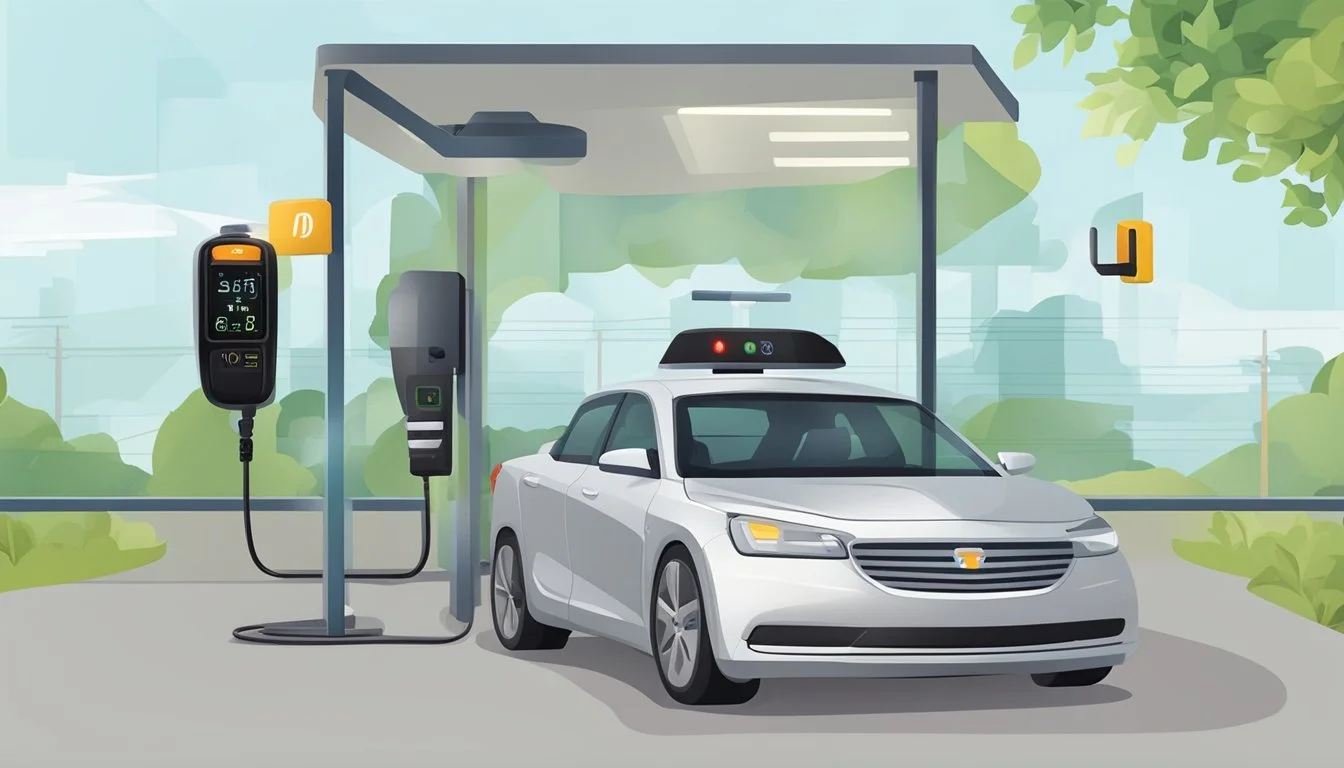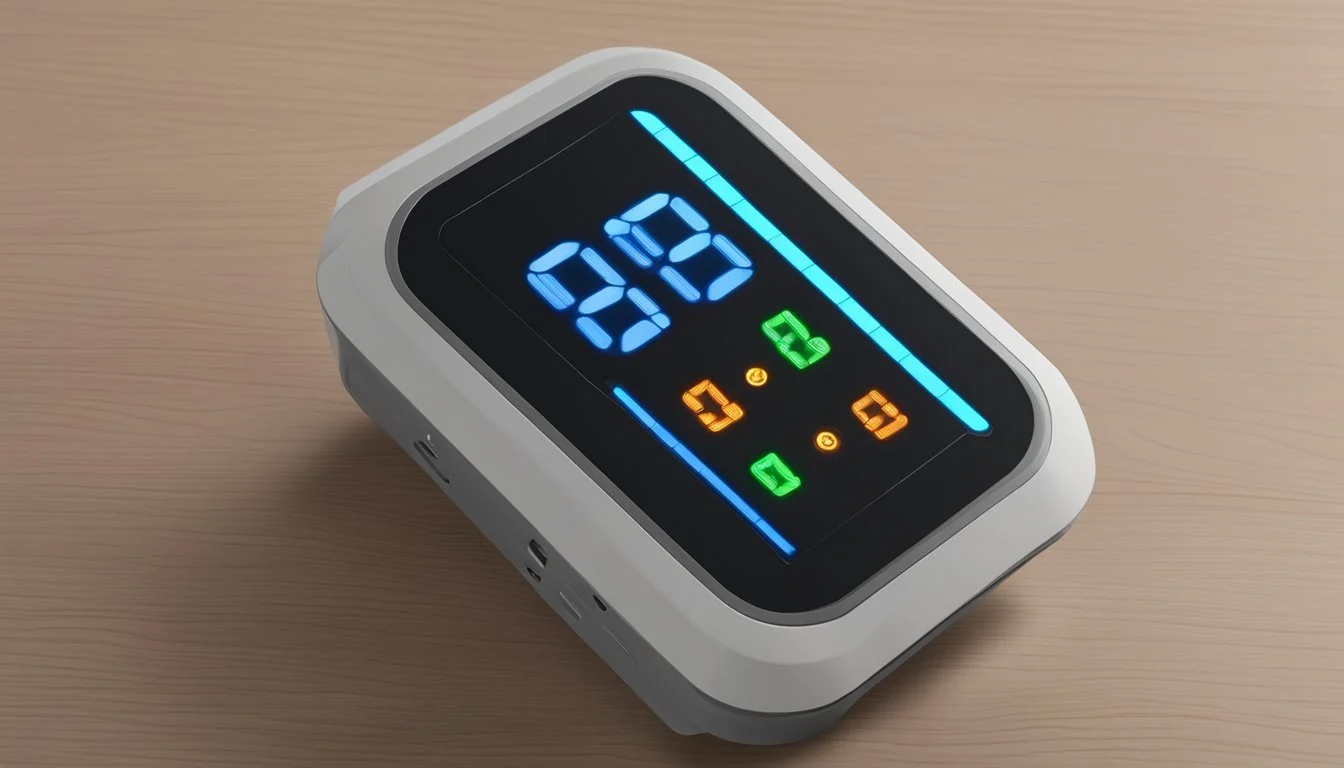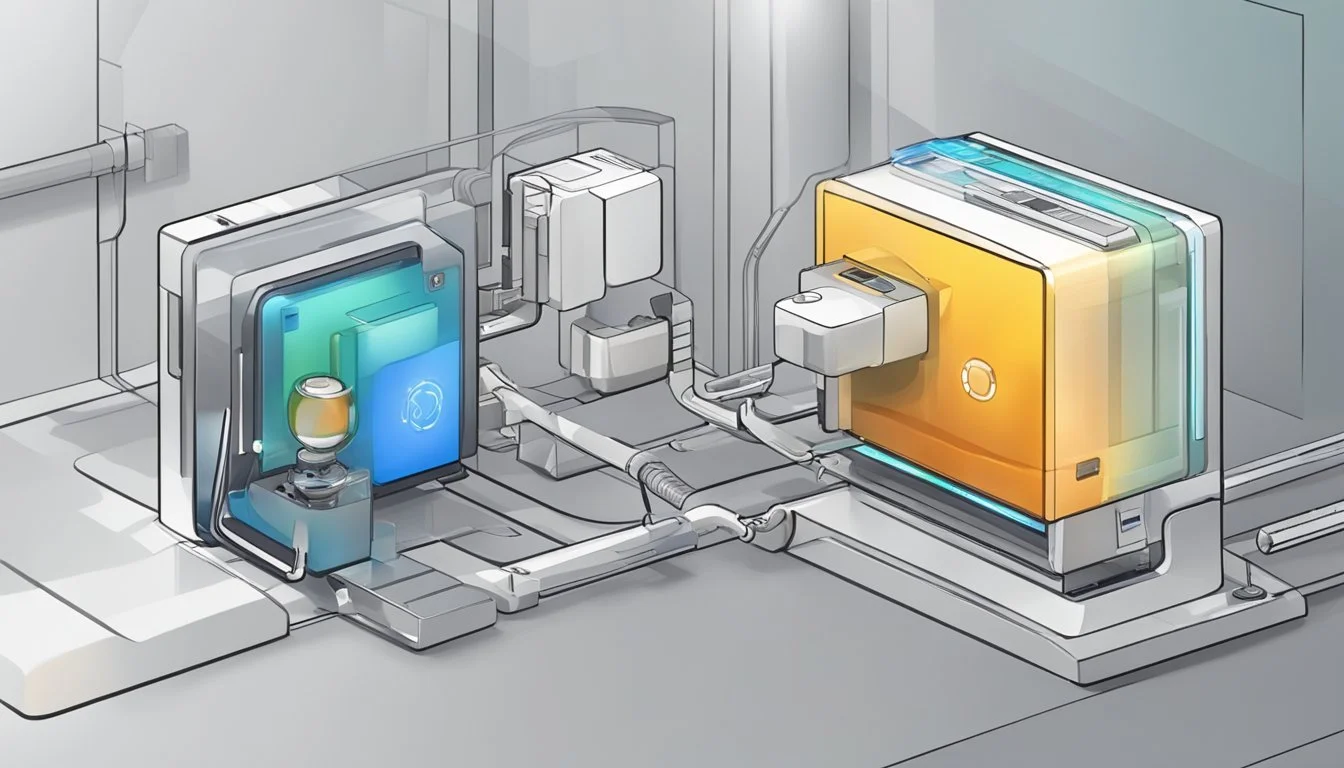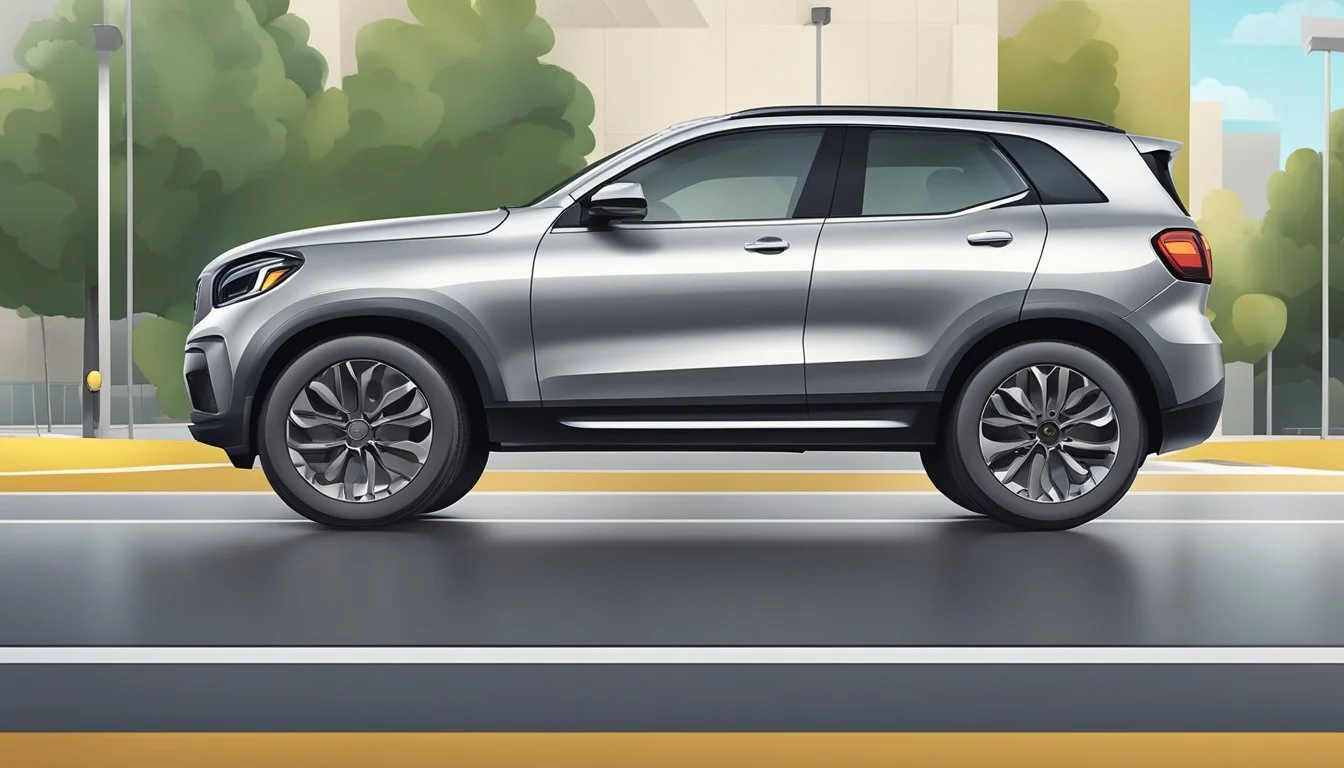How Long Does Smart Start Last
Understanding Your Device's Lifespan
The lifespan of a Smart Start (how long does smart start last?) ignition interlock device depends primarily on its usage and maintenance. Smart Start devices are designed as a safety measure to prevent individuals from operating a vehicle under the influence of alcohol. They require the driver to perform a breath test to measure Blood Alcohol Content (BAC) before the vehicle can be started. This system ensures that drivers are in a sober state, thereby promoting safe driving conditions for both the driver and the public.
The ignition interlock device is an integral part of a compliance program, often mandated by law for drivers who have been convicted of driving under the influence (DUI). The device is calibrated regularly to maintain accuracy, and drivers must adhere to the specified calibration schedule to avoid a lockout. A lockout occurs when the device prevents the vehicle from starting, often as a result of a BAC reading above the preset limit, missed tests, or lack of necessary calibration.
Regular service visits are vital for the optimal functioning of Smart Start devices. At these appointments, the device is checked, data is downloaded for review by authorities, and the next lockout date is typically scheduled. These maintenance steps contribute to the overall longevity of the device and ensure that it remains a reliable part of a driver's commitment to sober driving.
Understanding Smart Start and Ignition Interlock Devices
Smart Start is a leading provider of Ignition Interlock Devices, designed to promote safety and compliance with DWI laws. These devices are crucial for drivers who are required to demonstrate sober driving following a violation.
What Is Smart Start
Smart Start refers to a company that provides Ignition Interlock Devices (IIDs), which are breathalyzer units installed into vehicles. These devices measure the Blood Alcohol Content (BAC) of a driver and prevent the vehicle from starting if alcohol is detected above a preset limit. Installation is often mandated by law for individuals convicted of a Driving While Intoxicated (DWI) offense.
Purpose of Ignition Interlock Devices
The primary purpose of an Ignition Interlock Device is to ensure the safety of the driver and the public. By requiring a sober breath sample before the vehicle can start, it reduces the risk of repeat offenses. IIDs serve as a proactive measure in the fight against alcohol-impaired driving, and their use is often a legal stipulation following a DWI conviction.
Safety and Legal Considerations
Compliance with IID program requirements is a legal obligation. Smart Start's devices are designed to meet stringent safety standards, making sure only sober drivers can operate the vehicle. Violating the regulations, such as attempting to drive with a BAC above the limit set on the device, can result in a violation recorded by the device, possibly leading to legal consequences or extended use of the IID.
Installation and Operation of Smart Start Devices
Smart Start devices offer a reliable solution for those required to use an ignition interlock system. They ensure the vehicle can only be operated following a successful breath test.
Installation Process
The installation of a Smart Start Ignition Interlock Device (IID) typically begins with scheduling an appointment with a certified service center. During the installation, trained technicians connect the IID to a vehicle's ignition system. Customers receive detailed instructions on how to use the device, which includes performing a breath test before the vehicle can start.
Operating the Device
Once installed, operating the Smart Start IID is straightforward. The driver is required to provide a clean breath sample to the device. If the sample is below the preset blood alcohol concentration levels, the vehicle will start. The device may also prompt for rolling retests, which are random breath tests required during a journey to maintain compliance.
Maintaining Compliance
To remain compliant, users must adhere to specified regulations, which include attending regular appointments for device calibration and data logging. If a user encounters a lockout due to infractions or skipped retests, they may receive a temporary unlock code to use the vehicle to drive to the nearest service center for an inspection or calibration. Regular maintenance is crucial to prevent lockouts and ensure proper operation of the system.
Smart Start Device Features and Functions
Smart Start ignition interlock devices are engineered for reliability and accuracy. They incorporate features that ensure devices function correctly and meet legal requirements.
Calibration and Accuracy
Smart Start devices require regular calibration to maintain their precision. Calibration is a process where the device is adjusted to ensure it provides accurate results. Every ignition interlock device, including Smart Start, must undergo this procedure periodically to remain reliable. Typically, calibration involves a service center adjusting the device to correctly measure blood alcohol content (BAC) levels.
Anti-circumvention Features
To prevent tampering and circumvention, Smart Start devices are equipped with several anti-circumvention features. These features are designed to detect and record any attempt to bypass or trick the device. For example, if a violation such as "VLOCK@2d" or "ViolLck48hr" is displayed, it indicates that the user is in a violation grace period and needs to visit a service center within 2 days to avoid a lockout.
Data Recording and Reporting
Data recording and reporting are critical aspects of Smart Start devices. They log all activity, including passed and failed tests, any tampering attempts or violations, and times when the vehicle is started and stopped. This comprehensive data recording is then reported back to the relevant authorities or monitoring agencies to ensure compliance with imposed regulations.
Lifecycle of Smart Start Devices
Smart Start ignition interlock devices are designed with longevity in mind, but their operational life can be influenced by factors such as battery management and the potential need for upgrades or replacements over time.
Expected Lifespan
Smart Start devices, composed primarily of the SSI 1000 and the newer SSI 20/20 models, carry an expected lifespan commensurate with the longevity of similar automotive electronics. With regular maintenance and proper use, they typically last the duration of a user's required ignition interlock program period. Lifespan may vary by individual unit and usage patterns.
Battery and Power Management
The battery life of a Smart Start device is critical for its continuous operation. Devices are powered by the vehicle's battery, and as such, do not have independent batteries requiring regular replacement. However, it's essential to maintain the vehicle's battery to ensure the interlock device functions correctly. A new battery might be needed for the vehicle if power issues are detected that could affect the ignition interlock device.
Upgrades and Replacements
Upgrade options for Smart Start devices are made available when there are technological advancements or updates to compliance standards. In certain instances, state regulations may necessitate an upgrade of a device to comply with new requirements. Additionally, any damage or consistent malfunctions with a Smart Start device will warrant a replacement. The devices may only need physical maintenance and calibration every 60 days, which is directly dependent on the state's regulations in which they are installed.
Troubleshooting Common Smart Start Issues
When Smart Start ignition interlock devices encounter issues, there are well-defined troubleshooting strategies to address the most common problems. This section aims to guide users through resolving lockouts, addressing false positives, and managing electronics and component failures.
Dealing with Lockouts
A lockout occurs when a user encounters a violation on their Smart Start device, such as missed or failed tests or missed service appointments. To resolve a lockout:
Check the Keypad: Users should carefully read the information on the device's keypad for specific violation messages and instructions.
Service Center: If the device is within a violation grace period, promptly take the vehicle to a service center for calibration before the countdown ends.
Unlock Code: In some circumstances, contacting Smart Start for a remote unlock code can temporarily bypass the lockout.
Addressing False Positives
False positives can happen due to the incorrect use of the device or other factors. To address false positives:
Proper Testing Technique: Users need to ensure they are blowing into the device correctly as improper technique can lead to false positives.
Avoid Alcohol-containing Products: False positives may also arise from the presence of alcohol in certain foods or hygiene products; avoiding these before testing can help prevent this issue.
Electronics and Component Failures
Failures in the electronics and components of the Smart Start system can prevent normal operation. In the event of electronics failures:
Battery Voltage Check: Maintaining a fully charged battery in the vehicle is crucial; low battery voltage can lead to failure in starting the interlock device.
Secure Wiring: Ensure that the device is properly installed with secure wiring connections to prevent electrical issues.
By following these specific instructions, users can effectively troubleshoot and resolve common issues with their Smart Start ignition interlock devices.
Smart Start in Different Conditions
Smart Start ignition interlock devices are designed to be robust and adaptable to a variety of environmental conditions. However, extreme temperatures and varying altitudes can have an impact on the device’s performance and longevity.
Temperature Effects
Smart Start devices operate within a range of temperatures, but extreme heat or cold can affect their functionality. In high heat, electronic components may work harder, which could potentially shorten the device's lifespan. Likewise, in extreme cold, the device may require a warm-up period before it functions properly, which can be a minor inconvenience for the user.
Heat: Possible increased strain on electronic components
Cold: May need time to warm up for optimal performance
Altitude and Climate Adaptability
Smart Start ignition interlock devices are calibrated to accommodate different conditions, including altitude and climate changes. Changes in altitude can affect the air density, which, in turn, could influence the breath sample analysis. The device's technology adapts to these changes to ensure accurate readings.
Altitude: Designed to adapt to air density variations
Climate: Reliable operation across different humidity and temperature profiles
Users residing in areas with variable weather conditions can remain confident in the device’s capability to function as expected, provided it is maintained according to manufacturer guidelines.
Smart Start Compliance and Legal Outcomes
Smart Start programs integrate compliance measures and legal outcomes to ensure public safety and adherence to regulations governing ignition interlock devices.
Compliance Requirements
Smart Start participants are required to adhere to strict compliance requirements set forth by law. Participants with an installed ignition interlock device must consistently pass breath tests to operate their vehicle. Failure to comply can result in extensions of the required usage period and other penalties. Ignition interlock devices are sophisticated and record data that is reviewed by authorities to confirm compliance.
Breath Test: Drivers must pass to start vehicle.
Rolling Retests: Randomly required after the vehicle is started.
Consequences of Non-Compliance
Non-compliance with Smart Start's ignition interlock program can lead to severe legal consequences. If a driver is found in violation of the program’s requirements, such as failing a breath test or tampering with the device, they may face:
License Revocation: Immediate license suspension or revocation.
Legal Action: Possibility of a lawsuit against the violator for breach of Smart Start's terms.
Any violations can result in the driver facing further DWI-related charges and additional restrictions imposed by the court. It is imperative that participants comply with all Smart Start requirements to avoid these outcomes.
Additional Considerations for Vehicle and Driver
When assessing how long a Smart Car will last, it is not enough to consider just the vehicle's technical specifications. The driver's behavior, vehicle maintenance, and insurance implications greatly impact the vehicle's longevity and performance.
Impact on Vehicle Maintenance
Vehicle maintenance is crucial in determining the lifespan of a Smart Car. A well-maintained vehicle is likely to encounter fewer major repairs and will have vital components like the engine and car battery functioning optimally for longer periods. Regular service at a certified service center is recommended to prevent issues such as rust and engine wear, which can substantially shorten a vehicle's life.
Maintenance checkpoints:
Engine check-ups: essential for early detection of issues.
Car battery maintenance: prolongs battery life beyond the typical 4-6 years.
Rust inspection: prevents structural damage, particularly in harsh climates.
Influence on Driver Behavior
The conduct of the driver significantly impacts the Smart Car's wear and tear. Gentle driving habits as opposed to fierce acceleration and braking can enhance the vehicle's lifespan. Consistent, prudent behavior behind the wheel not only reduces the strain on the car's components but also minimizes the frequency and cost of repairs over time.
Behavioral factors influencing vehicle lifespan:
Acceleration and braking practices: smooth driving conserves car integrity.
Mileage: lower annual mileage can lead to extended vehicle longevity.
Insurance Implications
Having the right insurance coverage might indirectly affect the longevity of a Smart Car through the support it provides in the event of necessary repairs or maintenance. Insurance companies often offer incentives for well-maintained vehicles and safe driving, potentially reducing costs associated with upkeep and indirectly encouraging behavior that contributes to a longer vehicle lifespan.
Insurance considerations:
Coverage for repairs and maintenance: affects the car's condition.
Incentives for maintenance: motivates regular servicing and careful driving.
Smart Start and Vehicle Compatibility
The compatibility of Smart Start systems with vehicles is critical for seamless functionality. Ensuring that the vehicle's make and model aligns with the system's requirements is essential for optimal operation and access to advanced features.
Compatibility with Different Models
Smart Start systems are designed to be broadly compatible with a variety of vehicle models. However, due to carrier cell network shutdowns of older technologies like 2G and 3G, users may need to ensure their Smart Start hardware is updated to maintain connectivity with modern networks. Vehicles utilizing earlier Smart Start models may require hardware updates for continued access through the Viper SmartStart app.
Smart Cars and Advanced Features
Smart cars, equipped with the latest technology, often include advanced features that can influence the lifespan and compatibility with Smart Start systems. The interaction between smart car systems and Smart Start may provide additional functionalities, ranging from remote unlocking to vehicle telematics. Users should verify that their smart car's electronic systems are compatible with the Smart Start system they plan to use, to ensure access to all available features.










